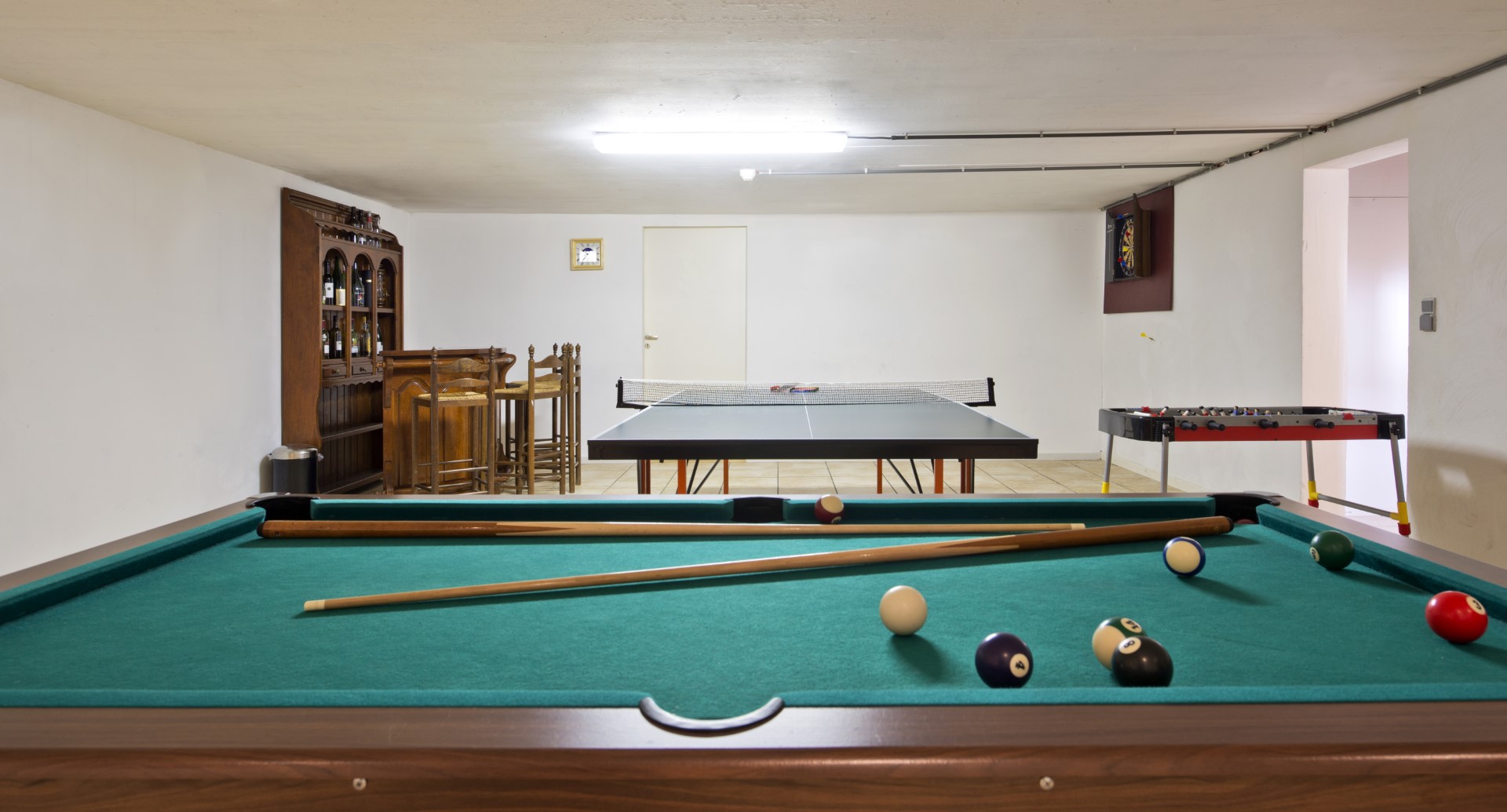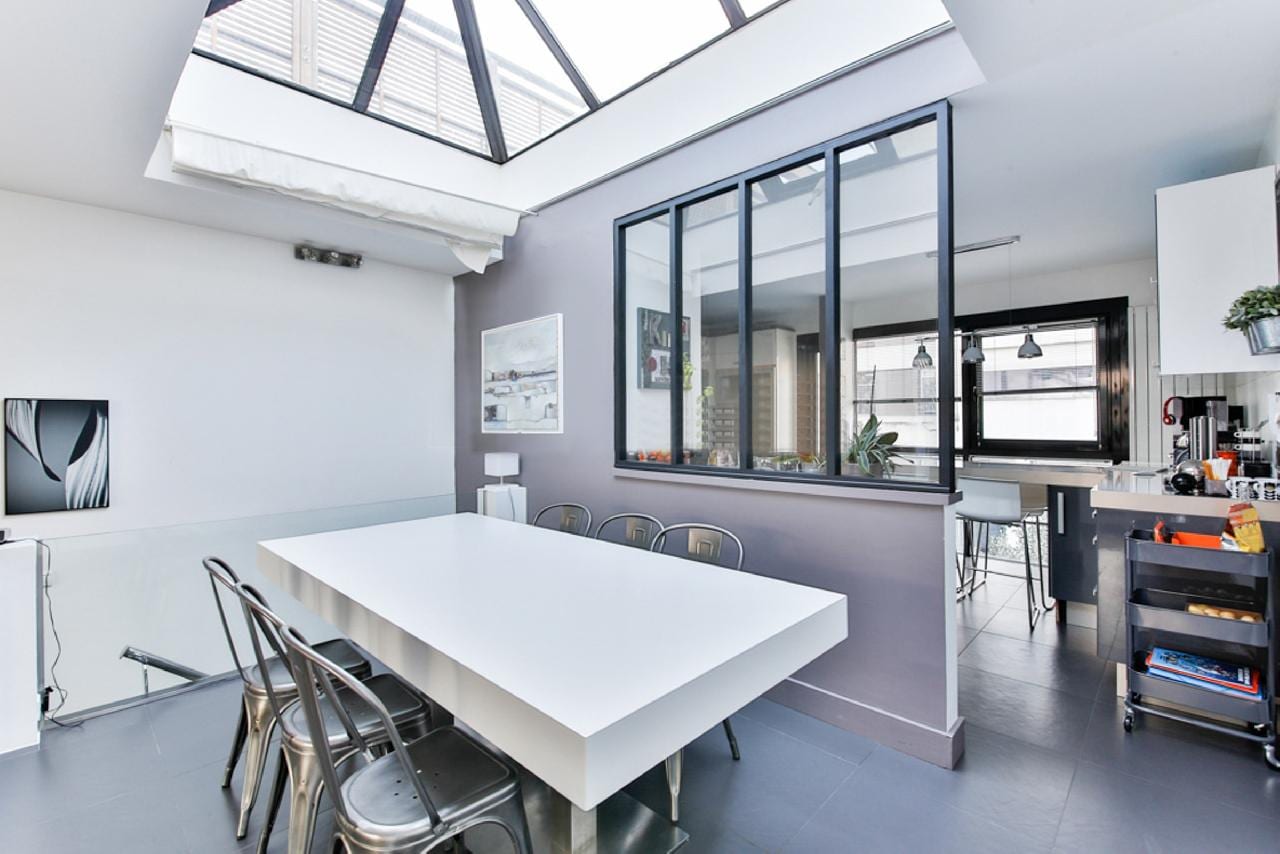Your basement is a place to work out, binge Netflix, or play games. But during the winter months, basements can be chilly. Fortunately, there are several ways to warm up your lower level without breaking the bank. Here are some tips to help you get started.
What Causes a Cold Basement?
Cold air sinks, so it makes sense the lowest level of the house is cooler. Here are some reasons the basement is colder than upstairs.
Solar Heat
Sunshine coming through the windows warms upstairs rooms, while basement rooms may have small windows or none at all. If the thermostat is in a warm room, it won’t trigger the heat to come on.
Blocked Air Flow
Make sure nothing blocks the airflow from your heating system. Check to be sure all vents are open and replace furnace air filters. Be sure furniture is not blocking any vents.
Damp Air
High moisture levels in basements make the air feel colder. Likely causes include a leaking furnace or water heater or poor ventilation to remove humidity from showers and cooking. Other common reasons include groundwater leaking if water isn’t draining away from your home.
To correct these issues, check appliances to ensure they aren’t leaking. Position gutters to drain rainwater away from your foundation or re-grade your yard so water drains away from the house.
Air Leaks
Inspect windows to see if cold air is flowing in. Caulk or replace inefficient windows. Ducts for dryers and bathroom fans can let cold air stream into the basement. Add insulation to make your ducts air-tight.
How to Warm Up a Cold Basement
With a dry, well-ventilated basement, your heating system will make the space more comfortable. But here are a few other things to help make your lower level cozy.
A Brief Safety Reminder
Before turning on your heat this fall, check your heating system for any issues. Here are things to check at the beginning of the heating season.
- Make sure all smoke detectors are working and change batteries if needed.
- Install a carbon monoxide detector near the furnace and test it regularly.
- Check for gas leaks around the furnace and have it inspected regularly.
- Replace furnace air filters.
Use Additional Heat Sources
For added comfort, add additional features to warm things up.
- Baseboard heaters. Use a baseboard heater to supplement your HVAC system. Place a heater in each room you need to warm them since they are hard to move. You may need an electrician to wire the unit into supply circuits.
- Space heaters. Electric space heaters are inexpensive, and you can plug them into a wall outlet. They are also portable if you need to move them to the room you are currently using.
- Electric fireplace. Bring heat and style to your basement with an electric fireplace. You’ll get an elegant focal point that warms the space. Of course, colored lights create the look of fire. The warmth comes from air blowers.
- Plush floor rugs. Adding plush floor rugs is another way to warm up a cold basement. Not only do they add comfort, but they also help insulate the floor and prevent heat loss. Consider placing rugs in high-traffic areas or near seating areas for maximum effect.
- Warm throw blanket. Buy a cozy throw blanket to match your decor, and snuggle under it to watch TV. Drape it over a chair as part of your decor, or store one for each household member in a basket or storage ottoman.
- Reverse ceiling fan. If your basement ceilings are high enough, a ceiling fan can help warm up a basement. Reversing the direction of the fan blades so they rotate clockwise circulates warm air through the room.
Heat Things Up in Your Basement
While it’s common for basements to be cooler than the main floor, you can create comfort this winter. Determine why your basement is too cool, then add heaters, insulation, and cozy decor. You’ll be able to heat things and enjoy a warm and cozy basement all winter!
Discover more from Futurist Architecture
Subscribe to get the latest posts sent to your email.



